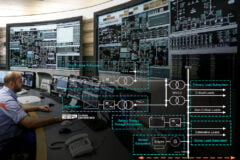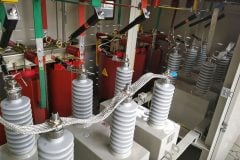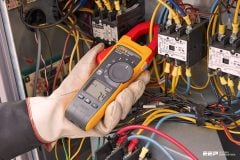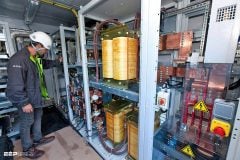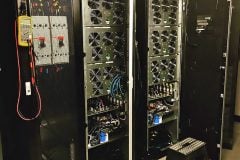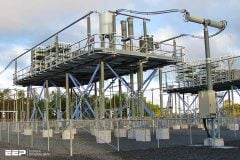P28 Study in Modern Power Systems
The reliable operation of modern power systems depends not only on the robustness of infrastructure but also on the technical standards that govern their design, operation, and connection requirements. In the United Kingdom, these standards are developed and maintained by the Energy Networks Association (ENA), the industry body representing electricity and gas network operators.

For engineers, the ENA is best known for its suite of Engineering Recommendations (ERECs) and Engineering Documents, which provide essential guidance on everything from generation connections to harmonic limits and power quality compliance. These documents, though not legislative in nature, are effectively mandatory because they are embedded in Distribution Network Operator (DNO) and Transmission Network Operator (TNO) connection agreements.
While the ENA’s standards are UK-specific, they do not exist in isolation. They are often influenced by international frameworks such as IEC standards, British implementations of European (BS EN) standards, and even concepts from IEEE standards in North America.
Understanding how ENA documents align with, differ from, and complement these global standards is key to appreciating their scope and application.
This is particularly important when comparing the ENA to similar institutions around the world—such as IEEE in the United States, CENELEC in Europe, CSA in Canada, Standards Australia in Australia/New Zealand, and NRS in South Africa—and recognizing the unique role the ENA plays in the UK context.
Among the ENA’s most widely referenced documents is Engineering Recommendation P28, which defines planning limits for voltage fluctuations and flickers caused by industrial, commercial, and domestic equipment. P28 sits at the intersection of power quality and network planning, providing both measurement methodology and compliance thresholds for new and modified connections.
We will also look at practical scenarios in which a P28 study is needed, the engineering steps involved in carrying one out, and the implications of the results for project planning.
By the end of this article, you will have a complete understanding of P28: its origins, its global relevance, and its practical application in modern power systems.
- The ENA and Its Role in UK Engineering Standards:
- What is a P28 Study and When is it Applicable?
- P28-Type Studies in Other Countries and Equivalent Standards:
- Understanding Flicker, Voltage Fluctuations, and Step Changes:
- Attachment (PDF) 🔗 Download ‘Industrial Motor Controls and Operations Guide’
1. The ENA and Its Role in UK Engineering Standards
The Energy Networks Association (ENA) is the central industry body representing the UK’s electricity and gas network operators. For electrical engineers, it is best known for publishing a comprehensive suite of Engineering Recommendations (ERECs) and Engineering Documents that define best practice, technical criteria, and compliance requirements for connecting equipment to the UK’s transmission and distribution networks.
These recommendations cover a wide range of topics critical to network design, operation, and planning.
Key examples include:
- P28 – Planning limits for voltage fluctuations (including flicker and voltage dips) caused by industrial, commercial, and domestic equipment.
- G99 – Technical requirements for connecting generation equipment, such as solar farms, wind turbines, and battery storage systems, to the distribution network.
- P2 – The UK’s security of supply standard, defining minimum redundancy and resilience requirements.
- P24 – Guidelines for harmonic limits and assessment in the planning stage.
- G5 – Planning levels for harmonic voltage distortion and the procedures for assessing compliance.
The ENA also ensures these standards are regularly reviewed and updated to reflect emerging technologies, changes in network operation, and alignment with international best practices such as IEC and CENELEC standards. In this way, the ENA acts as both a technical authority and a bridge between UK-specific network requirements and global engineering principles.
In this article, we will focus on Engineering Recommendation P28, one of ENA’s most important documents for power quality and connection studies.
However, before diving into its technical requirements, it is essential to understand the role of the ENA itself, since it is the governing body that develops, maintains, and enforces the standards which P28 is part of.
Figure 1 – 132 kV substation single-line diagram

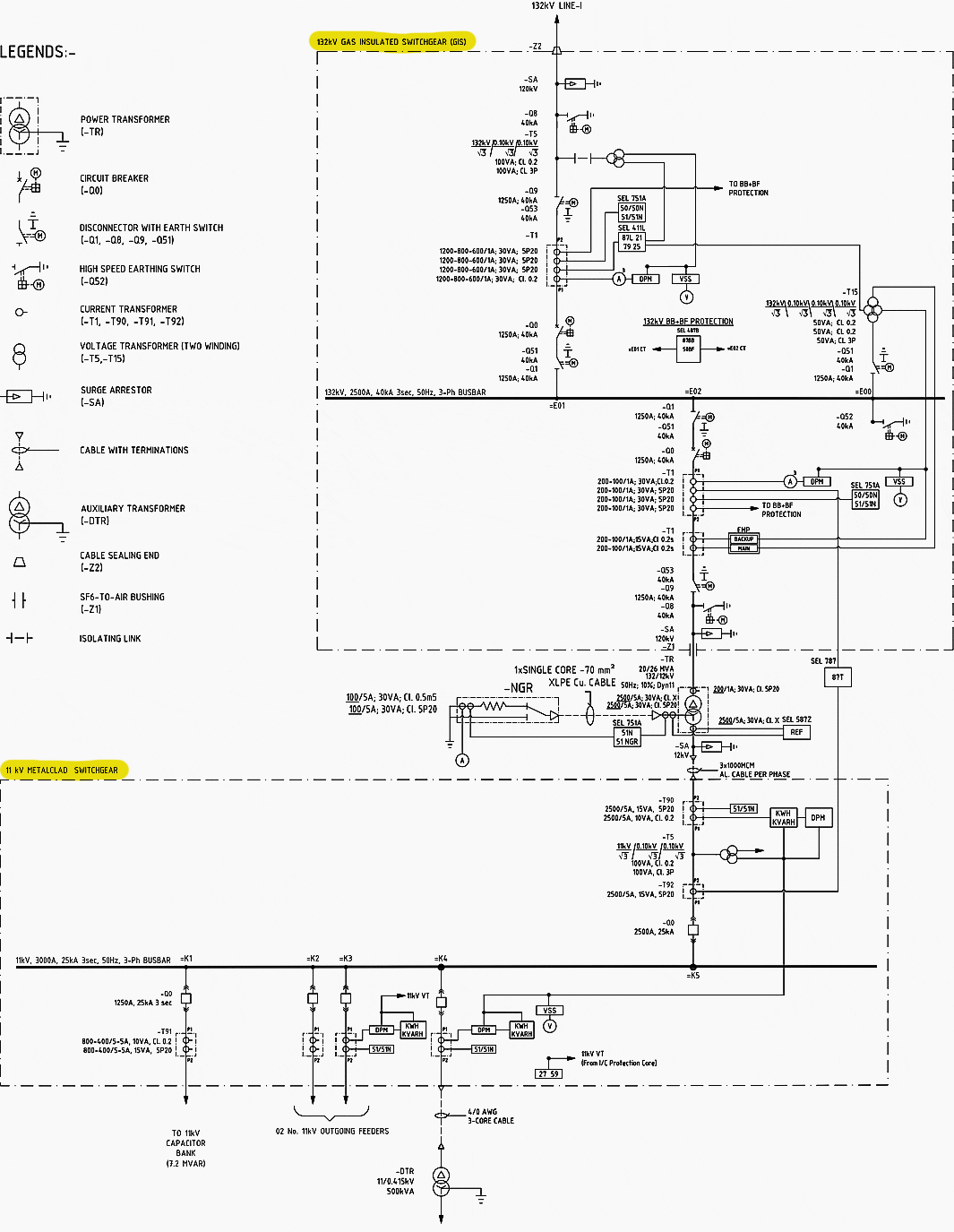
1.1 How ENA Standards Interact with Global Standards
Although the Energy Networks Association’s (ENA) Engineering Recommendations are developed specifically for the UK electricity network, they are not created in isolation. Many are influenced by, or aligned with, internationally recognized standards to ensure consistency in methodology and measurement.
Notable examples include:
- IEC (International Electrotechnical Commission) – For instance, the IEC 61000 series on power quality forms the basis for many ENA methodologies, including the flicker measurement techniques used in P28.
- BS EN Standards – These are British implementations of European (EN) standards, which are often directly referenced within ENA guidance
- IEEE Standards (USA) – While not directly applicable in the UK, certain IEEE concepts, such as those in IEEE 1453 for flicker limits, are conceptually similar to the principles in P28.
By adopting compatible approaches, the ENA ensures that UK requirements remain technically robust and in step with recognized international best practices, while still reflecting the unique operational characteristics of the UK grid.
Figure 2 – UK Grid ENA Electricity Distribution Map

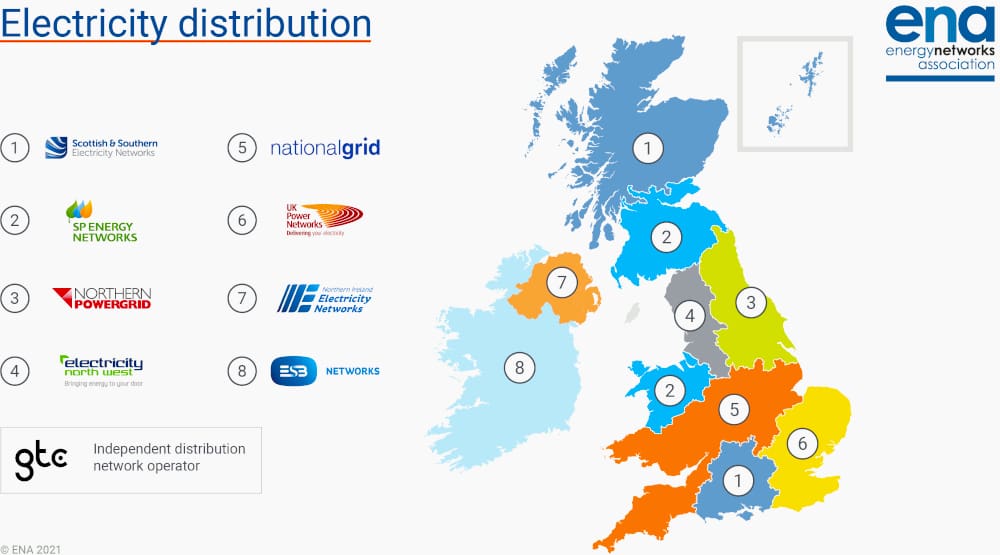
1.2 A Global Comparison: ENA vs. Other Standards Bodies
The ENA plays a role in the UK that is closely mirrored by a number of other organizations around the world. These bodies also develop, publish, and maintain technical standards for electrical networks, covering topics from connection requirements to operational limits.
Understanding these parallels helps place P28 within a global framework of power quality and network performance standards.
For example:
- In the United States, the IEEE produces globally used electrical standards, while the North American Electric Reliability Corporation (NERC) enforces operational reliability rules.
- In Europe, CENELEC harmonizes technical standards across EU/EEA member states, many of which are adopted as British Standards when relevant.
- In Australia and New Zealand, Standards Australia, Standards NZ, and the Australian Energy Market Operator (AEMO) publish requirements similar in scope to ENA’s Engineering Recommendations.
- In Canada, the Canadian Standards Association (CSA) and provincial regulators adapt IEC and IEEE standards for local conditions.
- In South Africa, the National Rationalized Specifications (NRS) provide technical guidelines, including power quality requirements tailored to regional network characteristics.
While each organization operates within its own regulatory framework, the underlying goal is the same: to establish clear, practical, and enforceable technical standards that protect network stability, safeguard equipment, and ensure reliable power delivery to all customers.
Related Study – Voltage dips as a very important power quality issue
1.3 Comparison with Similar Institutions Around the World
| Country / Region | Institution | Primary Role | Example Standards |
| UK | ENA (Energy Networks Association) | Industry body representing UK DNOs/TNOs, issues Engineering Recommendations (ERECs) | P28 (voltage fluctuations), G99 (generation connection) |
| USA | IEEE (Institute of Electrical and Electronics Engineers) & NERC (North American Electric Reliability Corporation) | IEEE develops technical standards; NERC enforces grid reliability | IEEE 1453 (flicker), IEEE 1547 (DER interconnection) |
| Europe | CENELEC (European Committee for Electrotechnical Standardization) | Harmonizes technical standards across Europe | EN 50160 (voltage characteristics), EN 61000 series |
| Australia | Standards Australia & AEMO (Australian Energy Market Operator) | Standards body plus market operator setting technical rules | AS/NZS 61000.3.7 (voltage fluctuations), AEMO connection requirements |
| Canada | CSA (Canadian Standards Association) & provincial regulators | Develops electrical standards, often adopts IEC/IEEE with modifications | CSA C235 (voltage regulation) |
| South Africa | NRS (National Rationalized Specifications) | Industry body creating standards adapted to local conditions | NRS 048-2 (power quality) |
1.4 Key Differences Between ENA and Other Bodies
- Scope – ENA focuses specifically on UK energy networks, while IEC and IEEE are global standards organizations.
- Implementation – ENA’s Engineering Recommendations are directly tied to UK connection agreements, making them effectively mandatory for new projects.
- Alignment – ENA often adopts measurement principles from IEC (e.g., flicker measurement from IEC 61000-4-15) but sets UK-specific planning limits based on local network design and operating practices.
- Industry-Driven – ENA’s documents are developed by working groups of UK DNOs, TNOs, and industry experts, whereas IEC/IEEE standards are global consensus documents with broader participation.
1.5 Why ENA Standards Are Important for Engineers
For engineers working on grid connection projects in the UK, ENA documents like P28 are essential references. They:
- Define the technical limits that must be met for approval.
- Provide clear methodologies for assessing compliance.
- Reflect UK-specific network characteristics, such as fault levels, operating voltages, and protection practices, which may differ from those assumed in international standards.

